Orthopedic, Mobility, & Post-Surgical Rehab
- Knee Surgery & ACL Rehab: Find Therapy After Knee Replacement
- Post-Shoulder Surgery Rehab: Rotator Cuff & Labral Repair Recovery
- Post-Hip Replacement Rehab: Recovery & Therapy
- Back Surgery Rehab & Recovery Therapy | Expert Rehab Plans
- Frozen Shoulder Adhesive Capsulitis Rehab
- Tendonitis Rehab & Treatment | Achilles, Patellar & Rotator Cuff Tendonitis Therapy
- Low Back Pain Rehab & Therapy | Expert Treatment & Recovery
- Sciatica Pain Relief & Rehab Therapy | Find Trusted Sciatica Specialists
- Neck Pain: Causes, Treatment & Therapists Near You
- Chronic Pain & Fibromyalgia: Causes, Relief & Therapy
- Torticollis in Babies & Adults: Causes, Symptoms & Therapy
- Toe Walking in Children: Causes, Therapy Options & When to Worry
- Scoliosis in Children and Teens: Symptoms, Treatment & Therapy Support
Knee Surgery & ACL Rehab: Find Therapy After Knee Replacement

Authored by: The DrSensory Editorial Team
Reviewed by: 🛡️ DrSensory Clinical Review Board – Doctor of Therapy Rehab Division
Last updated: June 2025
Post Knee Replacement, Surgery & ACL Repair Recovery: Physical Therapy & Rehab Support
Why Therapy Is Essential After Knee Surgery
Recovering from knee surgery—whether a total knee replacement (TKR), ACL reconstruction, meniscus repair, or other procedures—requires targeted rehabilitation for a full return to mobility, strength, and daily function.
Physical therapy (PT) plays a critical role in:
- Reducing pain and swelling
- Restoring range of motion
- Strengthening the knee and surrounding muscles
- Preventing complications like scar tissue buildup or re-injury
- Supporting return to daily activities, sports, or work
Common Types of Knee Surgeries
Total Knee Replacement (TKR)
- Often performed due to severe arthritis or trauma, TKR involves replacing damaged joint surfaces with prosthetic components. Recovery may take 3–6 months, with PT starting within days of surgery.
ACL Reconstruction
- ACL surgery repairs the anterior cruciate ligament, a key stabilizer of the knee. It’s common in athletes and active individuals. PT begins immediately post-op and can extend 6–9 months to safely return to sport.
Meniscus Repair or Removal
- The meniscus acts as a cushion in the knee. Tears may require removal (meniscectomy) or repair. PT helps restore flexibility, strength, and weight-bearing capacity.
What to Expect in Post-Surgical Rehab
Phase 1 – Immediate Post-Op (0–2 Weeks)
- Pain and swelling management
- Gentle range-of-motion exercises
- Beginning mobility with crutches or walker
- Home exercise program (HEP) starts
Phase 2 – Early Strengthening (2–6 Weeks)
- Progressive weight-bearing
- Quad and hamstring strengthening
- Stationary bike and gentle balance training
- Scar mobility and desensitization
Phase 3 – Advanced Strength and Function (6–12 Weeks)
- Full weight-bearing
- Closed-chain strengthening (squats, step-ups)
- Gait training and neuromuscular control
- Return to light recreational activity
Phase 4 – Return to Activity (3–6+ Months)
- Plyometric drills, agility, and sport-specific exercises
- Functional strength for stairs, uneven surfaces, lifting
- Discharge to independent exercise and monitoring
Role of Physical Therapy in Recovery
Skilled orthopedic physical therapists provide:
- Personalized rehab programs
- Manual therapy for scar tissue or joint mobilization
- Gait training and balance work
- Modalities for swelling and pain (e.g., ice, e-stim)
- Education to avoid complications
Early and consistent therapy can prevent long-term stiffness, gait problems, or chronic pain.
When to Start Therapy After Knee Surgery
According to the American Academy of Orthopaedic Surgeons (AAOS), physical therapy typically begins within 24–72 hours post-surgery to reduce stiffness and pain. Some patients begin pre-surgical PT (“prehab”) to build strength before surgery and improve post-op outcomes.
PT may occur in:
- Outpatient clinics
- Home health settings
- Teletherapy platforms (if appropriate)
Further Reading:
>NIH: Physical Therapist Management of Total Knee Arthroplasty
Find a Physical Therapist Near You
DrSensory.com connects patients with licensed therapists across the U.S. Use our therapist directory to:
✅ Search by ZIP code or city
✅ Filter by specialty (e.g., orthopedic PT, post-surgical rehab)
✅ View verified therapist and clinic profiles
✅ Book in-person or virtual appointments
Are You a Physical Therapist?
Join the DrSensory platform to:
📈 Enhance your local SEO and Google visibility
📋 Get listed in front of patients actively seeking post-op rehab
📍 Claim your clinic to appear in local therapist searches
🧠 Share your expertise via educational articles or videos
Frequently Asked Questions (FAQ)
How soon after knee surgery should I start physical therapy?
Most surgeons recommend starting within 24–72 hours post-surgery. Early movement reduces risk of stiffness and speeds up recovery.
How long does physical therapy last after ACL or knee replacement?
- ACL rehab typically lasts 6–9 months before return to full activity.
- Total knee replacement rehab may last 3–6 months depending on goals and age.
What happens if I skip therapy?
Skipping therapy can result in stiffness, chronic pain, weakness, and limited return to activity. Physical therapy is essential to ensure proper joint healing and long-term function.
Can I do therapy at home or online?
Yes. Many PTs offer home programs or telehealth services. However, in-person sessions are ideal for hands-on techniques, gait analysis, and equipment-based rehab.
Is physical therapy covered by insurance?
Most health insurance plans (including Medicare and Medicaid) cover post-surgical PT. Verify with your provider, and ask your therapist for help with documentation and pre-authorization.
Do I need a referral for PT after knee surgery?
Some states allow direct access to physical therapy without a physician referral. Others require a referral based on insurance policies. DrSensory’s therapist profiles can help clarify local requirements.
This page provides general educational content and is not a substitute for professional medical advice. Always consult a licensed provider for diagnosis and treatment.
View privacy policy, copyright and trust info
More on Orthopedic, Mobility, & Post-Surgical Rehab

- Knee Surgery & ACL Rehab: Find Therapy After Knee Replacement
- Post-Shoulder Surgery Rehab: Rotator Cuff & Labral Repair Recovery
- Post-Hip Replacement Rehab: Recovery & Therapy
- Back Surgery Rehab & Recovery Therapy | Expert Rehab Plans
- Frozen Shoulder Adhesive Capsulitis Rehab
- Tendonitis Rehab & Treatment | Achilles, Patellar & Rotator Cuff Tendonitis Therapy
- Low Back Pain Rehab & Therapy | Expert Treatment & Recovery
- Sciatica Pain Relief & Rehab Therapy | Find Trusted Sciatica Specialists
- Neck Pain: Causes, Treatment & Therapists Near You
- Chronic Pain & Fibromyalgia: Causes, Relief & Therapy
- Torticollis in Babies & Adults: Causes, Symptoms & Therapy
- Toe Walking in Children: Causes, Therapy Options & When to Worry
- Scoliosis in Children and Teens: Symptoms, Treatment & Therapy Support
Find a Therapist near you
Are you looking for a physical, occupational, or speech therapist in your area?
Look no further than the DrSensory Therapist Database and Clinic Directory!
Find a Therapist
Find the physical therapist, occupational therapist, or speech language pathologist you’re looking for!
Ask Us Anything
Whether you are looking for advice, have a general question about sensory processing, or looking for resources.
Submit Your Story
Share your story about your child. Let’s celebrate milestones and learn more about challenges.
Glossary
Autism Spectrum Disorder (ASD)
A neurodevelopmental condition characterized by differences in communication, social interaction, and behavior. The “spectrum” refers to the wide range of strengths and challenges that individuals with autism may experience.
Echolalia
The repetition of words or phrases that someone else has said. This can be immediate or delayed and is often a way for autistic individuals to process language or communicate.
Masking
The act of consciously or unconsciously hiding autistic traits to fit into social situations. This might involve mimicking others’ behavior, forcing eye contact, or suppressing stimming, which can be emotionally exhausting.
Sensory Processing
How the nervous system receives and responds to sensory input (e.g., sights, sounds, textures). Many autistic individuals are over- or under-sensitive to certain sensory stimuli, which can affect comfort and behavior.
Social Communication
The use of language in social contexts—such as understanding tone, taking turns in conversation, or reading body language. Autistic individuals may experience differences in this area, which can impact how they interact socially.
Special Interests
Highly focused interests or passions that autistic individuals may pursue with great intensity and enthusiasm. These interests can be a source of joy, learning, and expertise.
Stimming (Self-Stimulatory Behavior)
Repetitive movements or sounds (like hand-flapping, rocking, or humming) used by autistic individuals to self-regulate emotions or sensory input. Stimming is a natural and important coping mechanism.











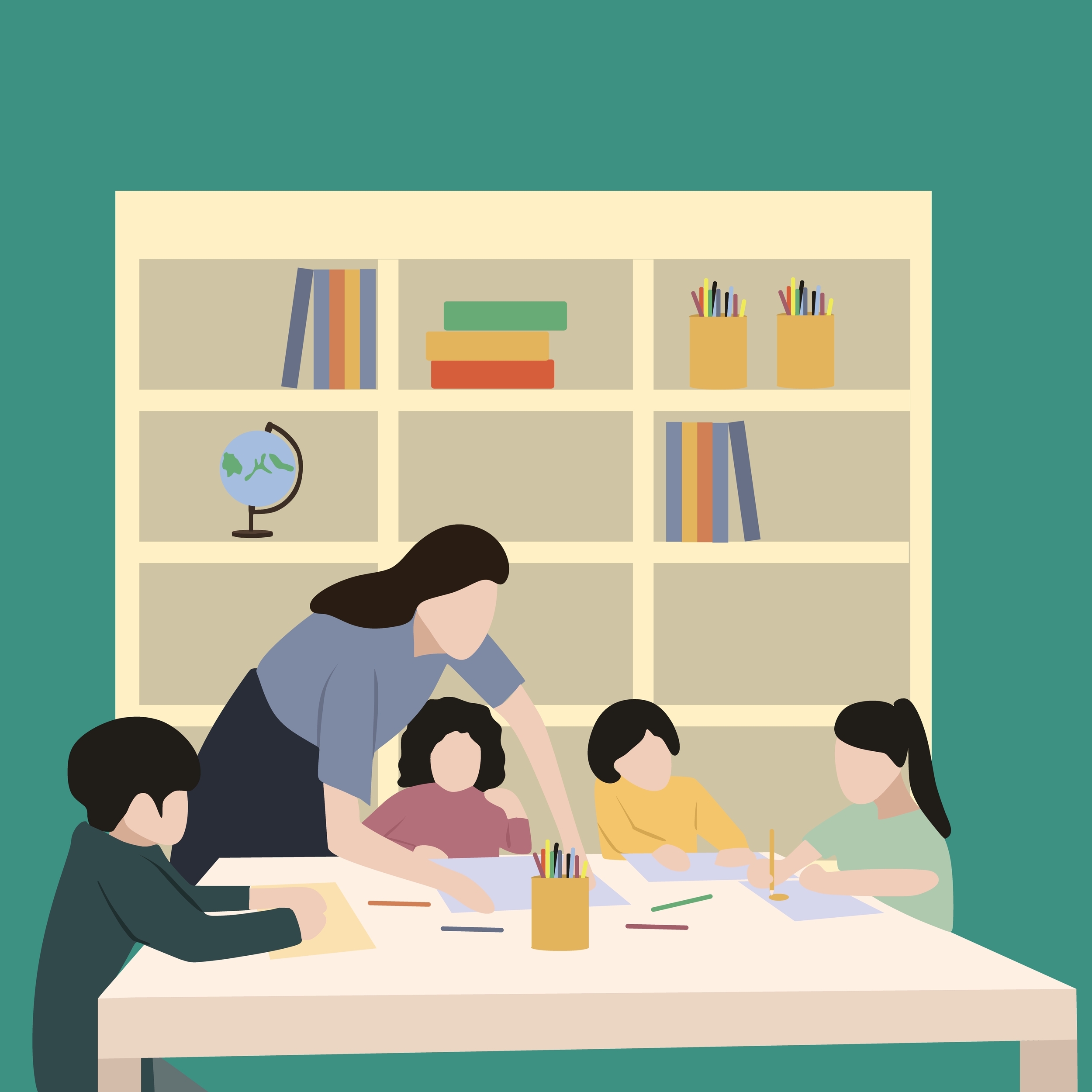





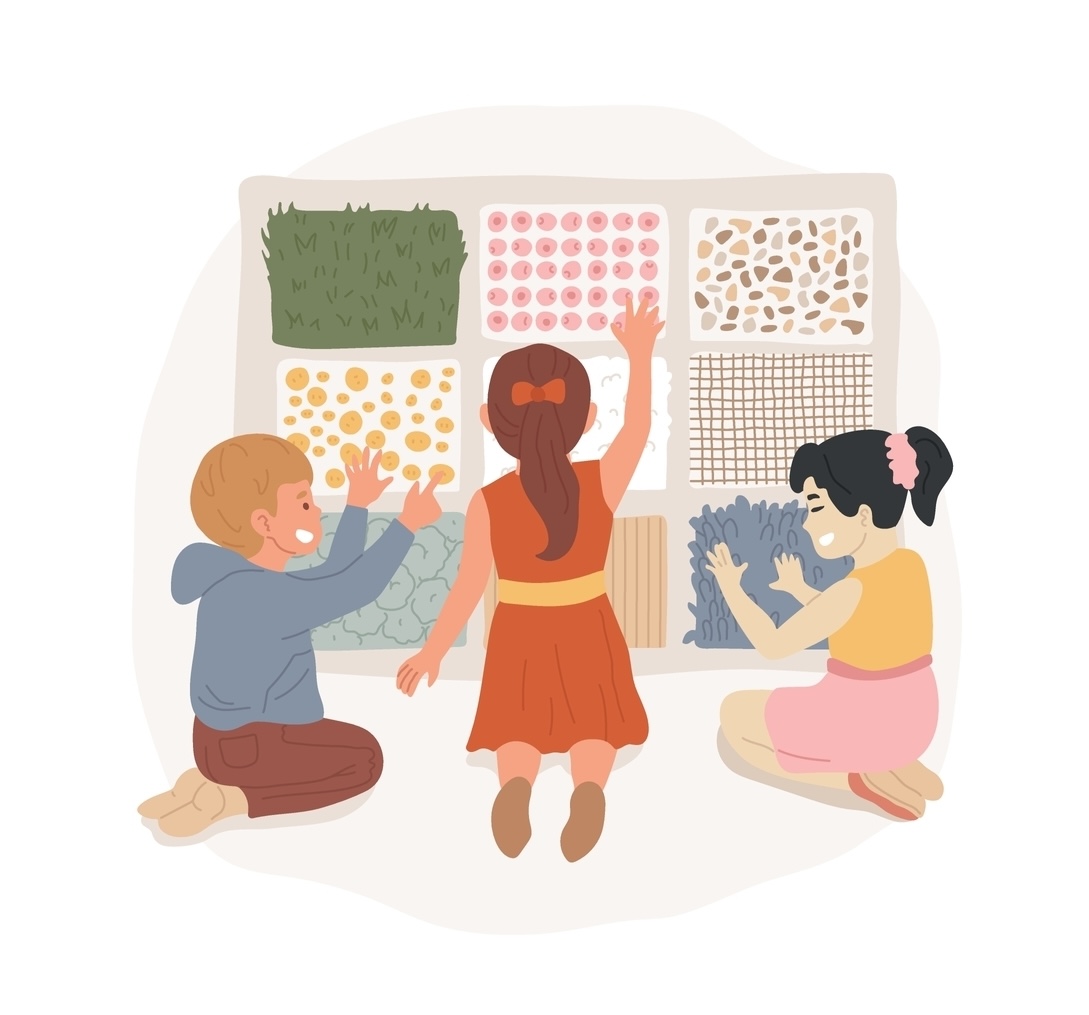



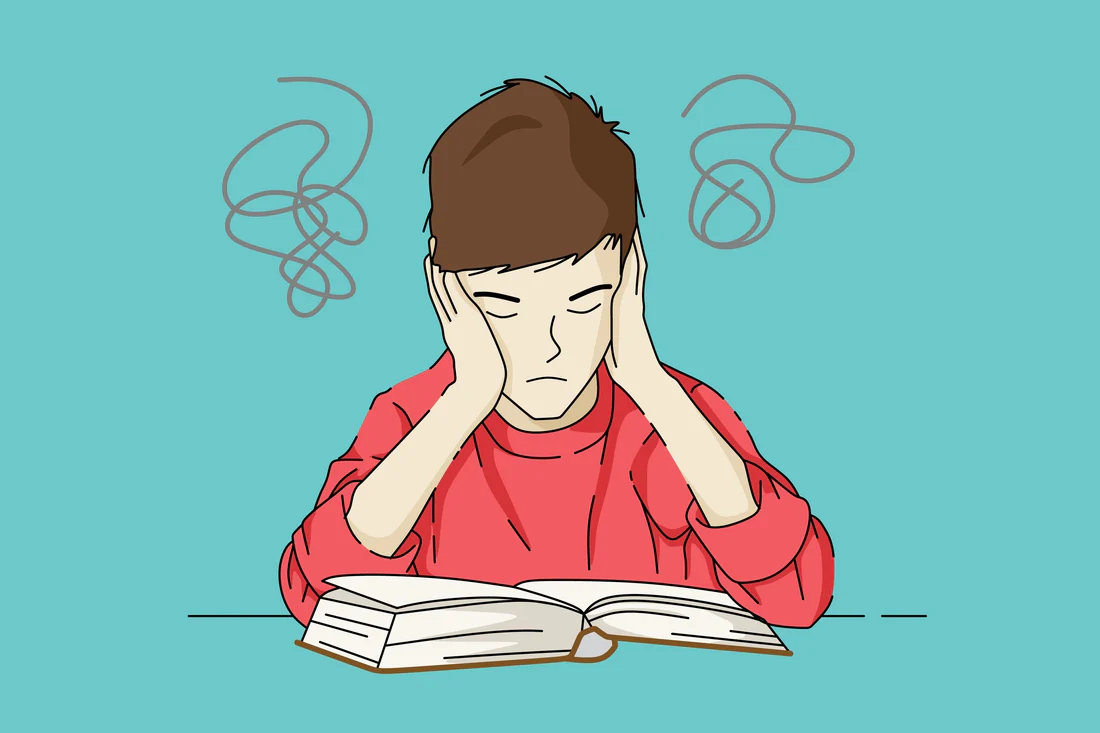
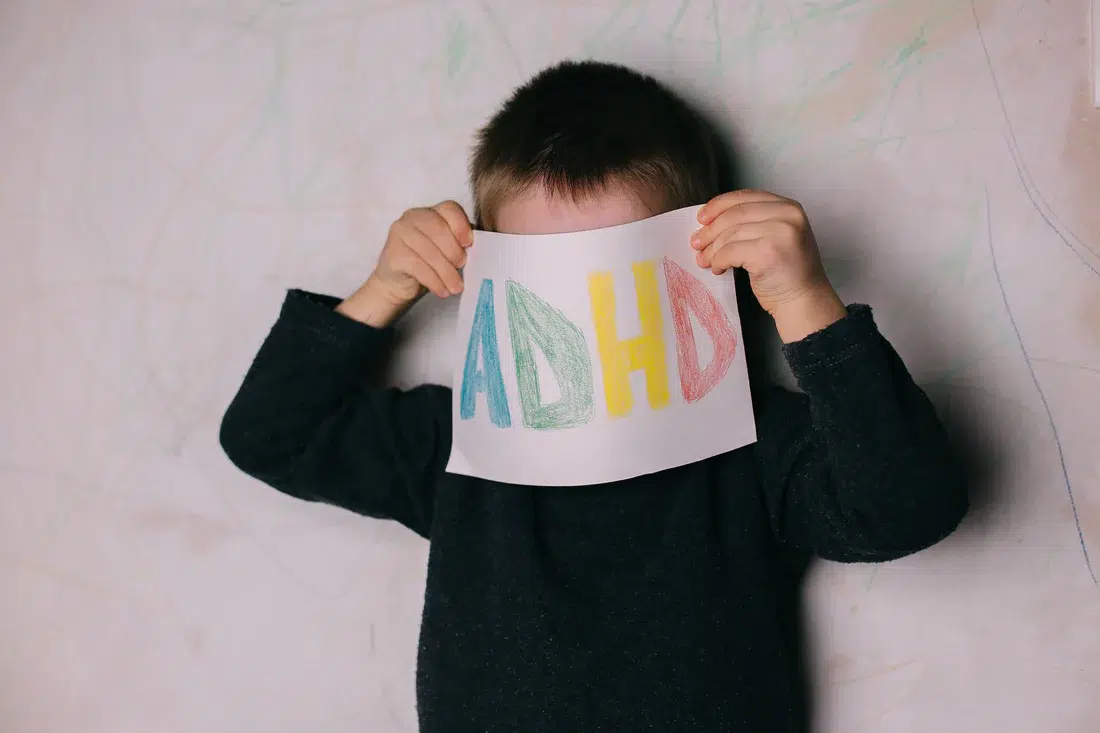


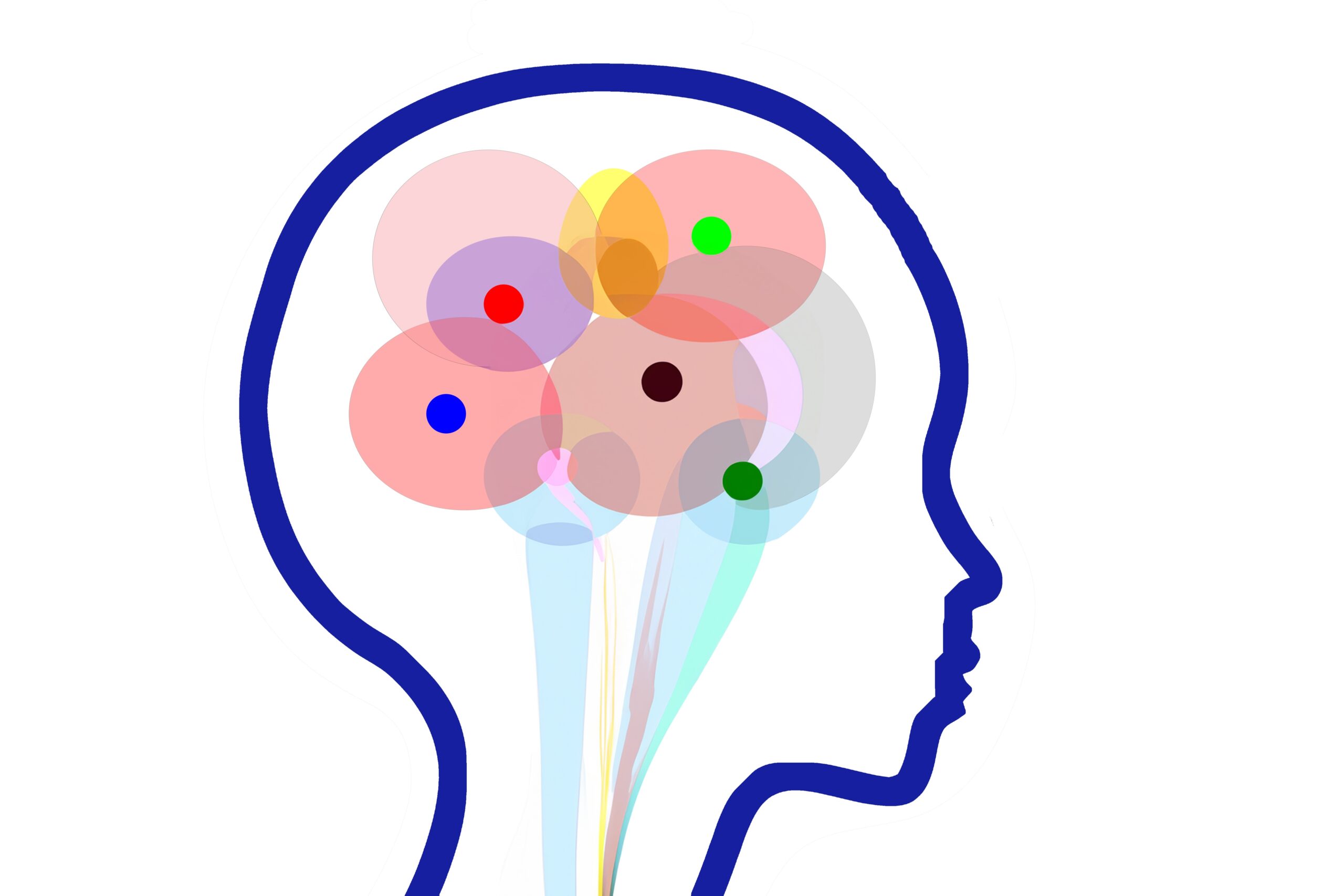
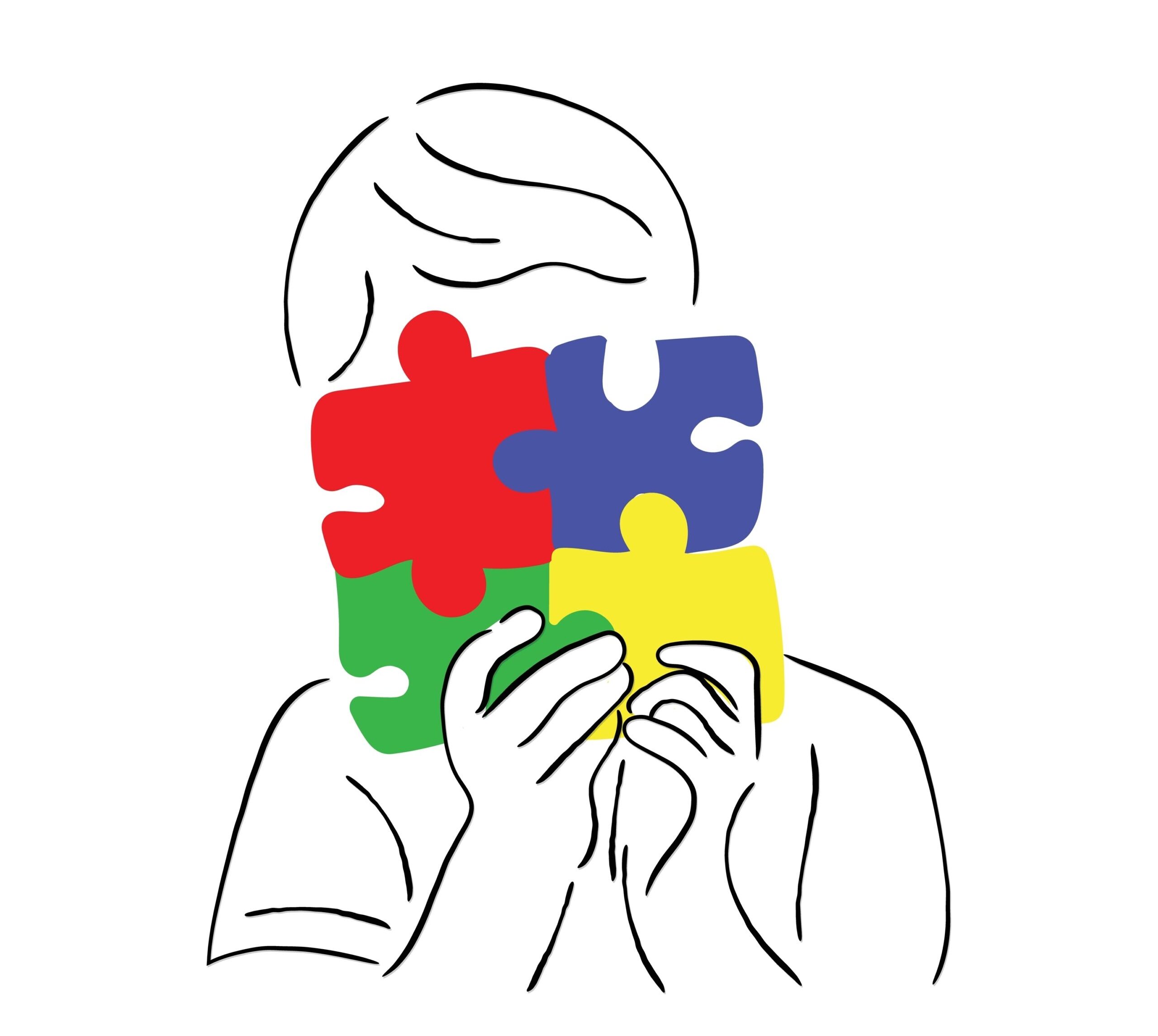
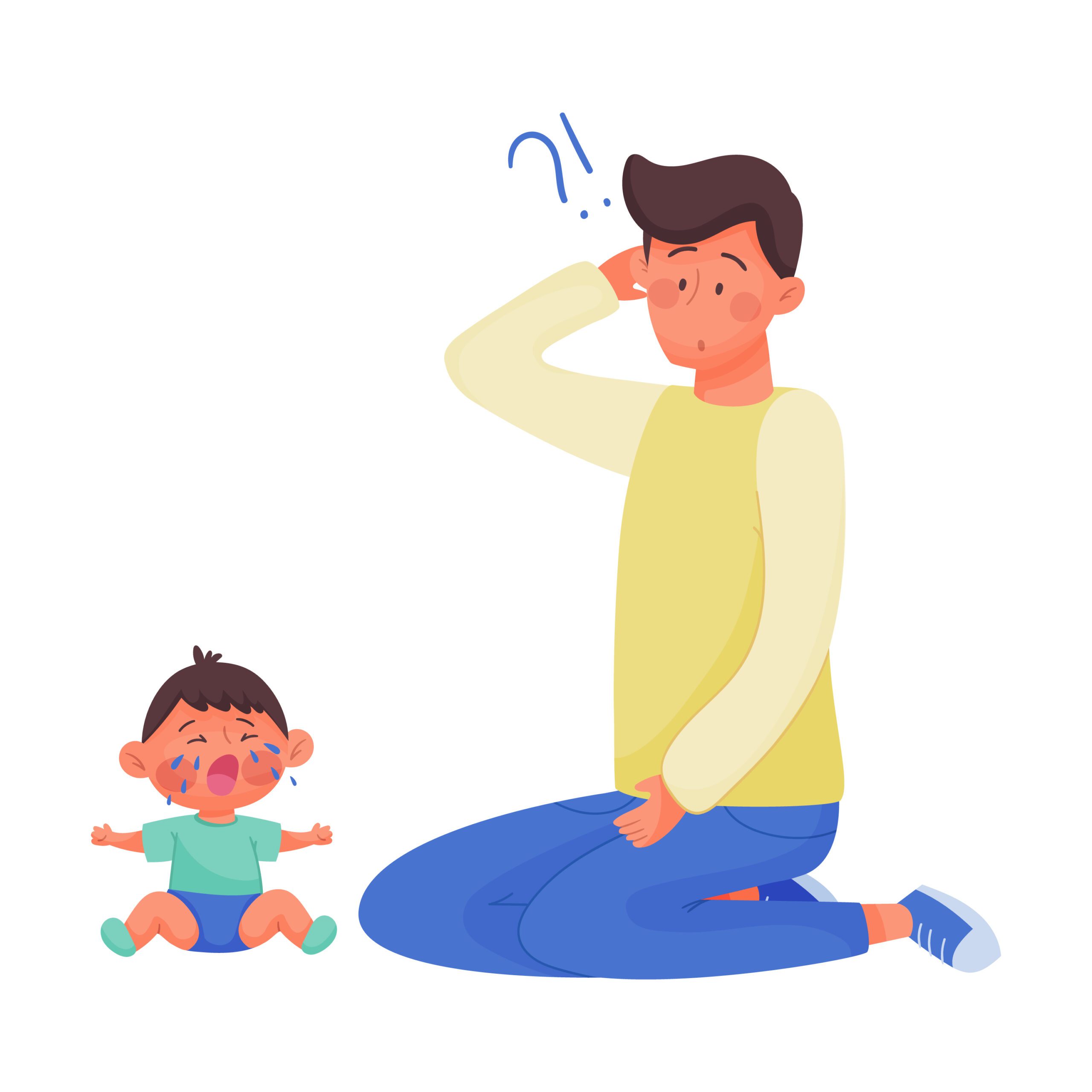

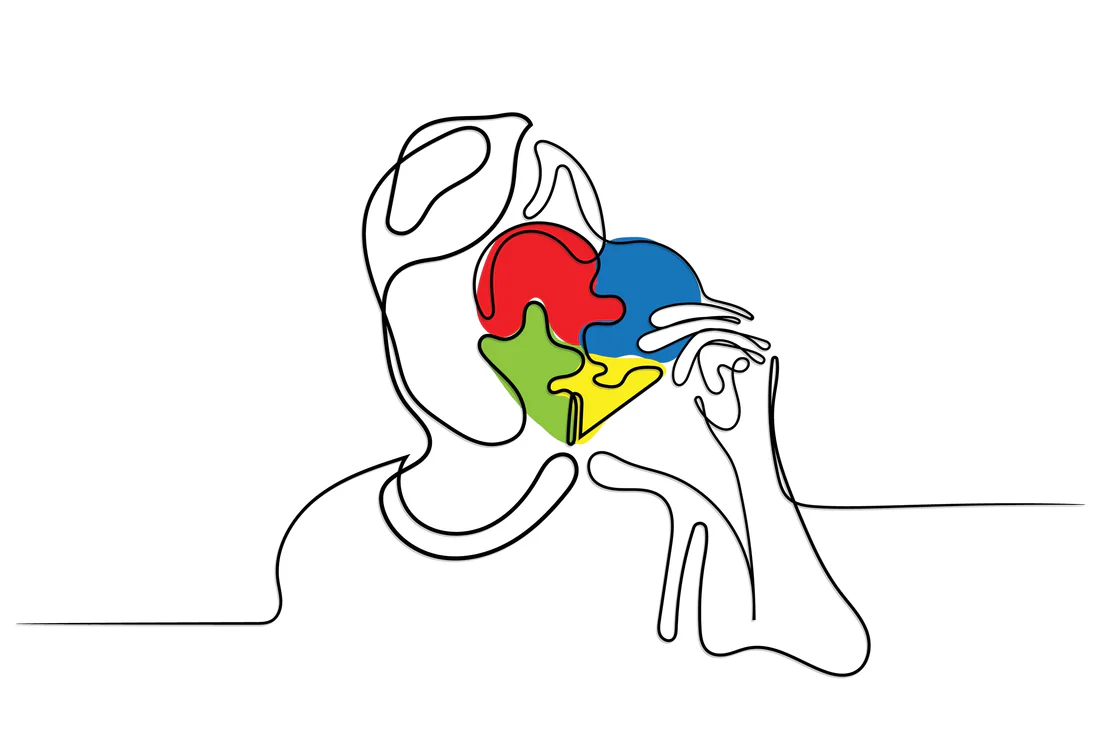

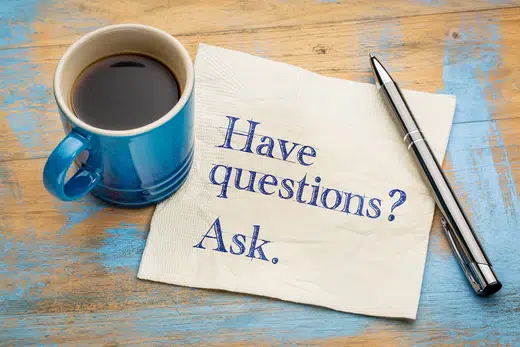








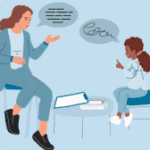 Speech Therapy
Speech Therapy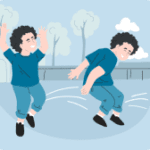 Physical Therapy
Physical Therapy Occupational Therapy
Occupational Therapy




